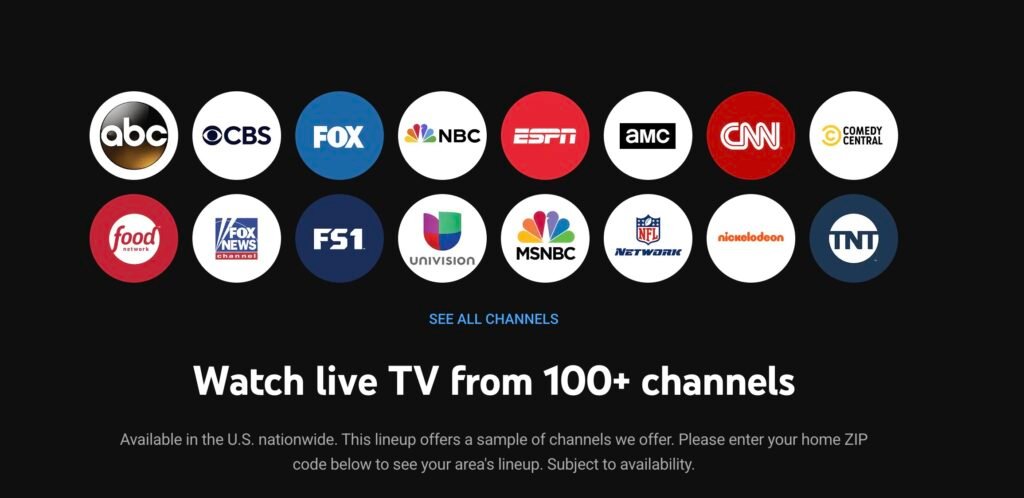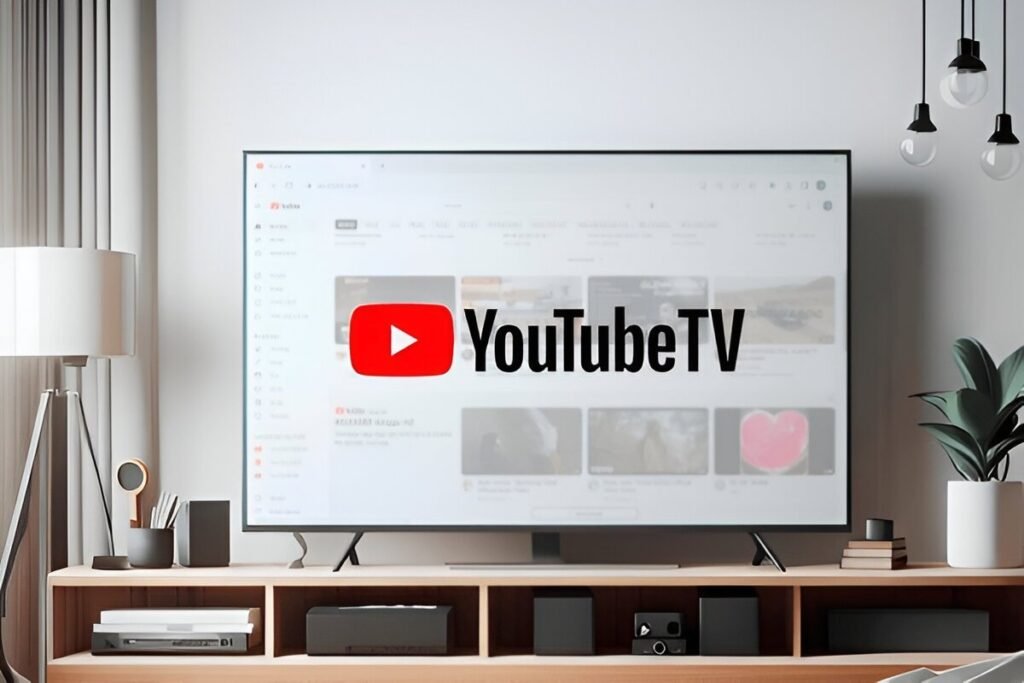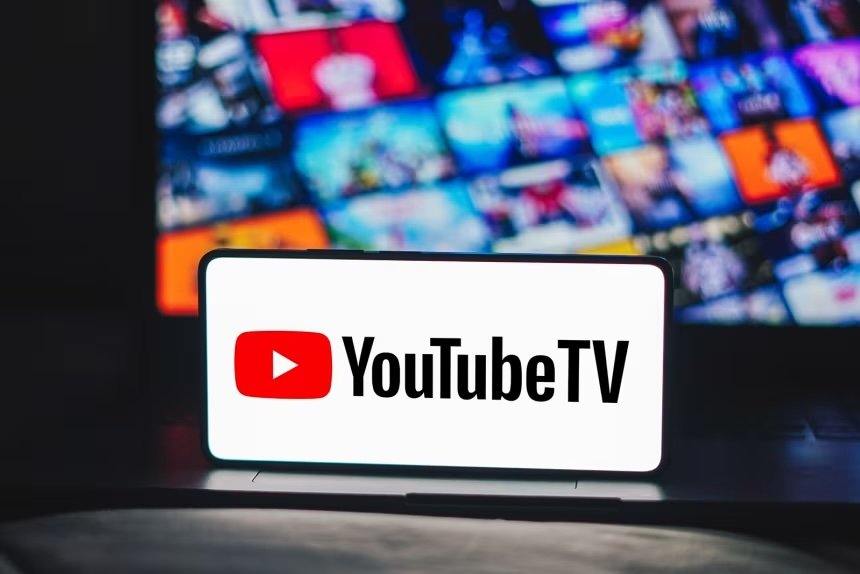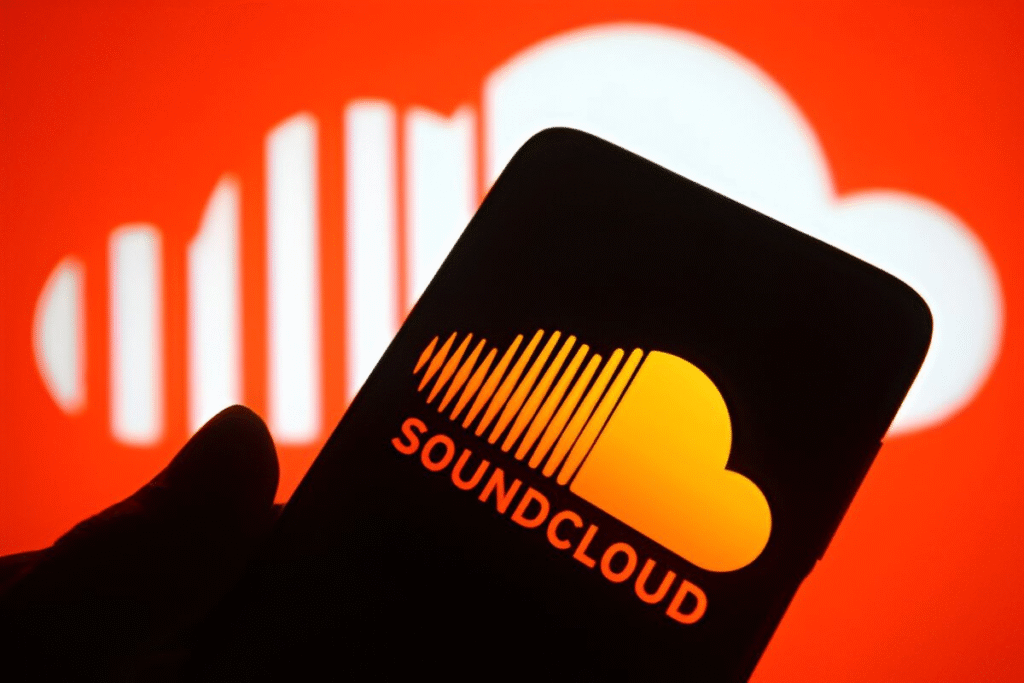The way we watch television has never been more fragmented. Traditional cable subscriptions, once considered essential, have steadily declined as households embrace digital alternatives. Into this landscape steps YouTube TV, Google’s ambitious attempt to redefine how live television can be delivered in a streaming-first world.
At first glance, YouTube TV looks like a straightforward cable replacement. It offers live channels, DVR functionality, and a familiar grid guide — but delivered over the internet.
Yet behind this simplicity lies a complex system of licensing agreements, competitive positioning, and pricing models designed to challenge both legacy broadcasters and rival streamers.
Understanding YouTube TV means more than listing its features. It requires asking deeper questions about cost transparency, channel availability, and how digital platforms blur the line between entertainment service and media gatekeeper.
In many ways, YouTube TV is not only a product for viewers but also a test case for the future of regulated television in a streaming economy.
What Is YouTube TV?
YouTube TV is a subscription-based live television service owned by Google’s parent company, Alphabet. Launched in 2017, the platform was designed to provide the familiarity of traditional cable through an internet-based model.
At its core, it allows subscribers to watch live channels, record shows through a cloud DVR, and access on-demand programming — all without a set-top box or long-term contract.
Unlike YouTube’s main platform, which thrives on user-generated content, YouTube TV operates in the realm of licensed broadcasting. Its lineup includes major networks, local affiliates, sports channels, and specialty programming.
In this sense, it functions less like a disruptor of television and more like a reimagined distributor, using the internet as its delivery mechanism.
The significance of YouTube TV lies in its positioning within the broader streaming market. It sits alongside services like Hulu + Live TV, Sling, and DirecTV Stream, competing not only on content but also on usability and trust.
As regulators and policymakers look at how digital platforms consolidate influence, YouTube TV represents an important case: a technology giant entering a space traditionally dominated by cable operators.
YouTube TV Channels and Features
One of the biggest selling points of YouTube TV is its breadth of content. Unlike niche streaming platforms, it aims to provide a comprehensive lineup that mirrors — and in some cases improves upon — traditional cable offerings.
Its features are also designed to reinforce flexibility, giving viewers more control over how and when they watch.

Channel Lineup and Variety
YouTube TV includes a wide range of channels, from national broadcasters like ABC, NBC, and CBS to specialized networks covering sports, news, and entertainment.
Regional sports networks and local affiliates are available in most areas, though licensing disputes occasionally result in temporary channel blackouts. The service’s ambition is clear: replicate the cable experience but with more convenience.
DVR and Personalization
The platform’s cloud DVR is one of its most distinctive features. Unlike traditional cable DVRs that are limited by hardware storage, YouTube TV offers virtually unlimited recording space.
Shows and games can be saved for months, and users can skip commercials on recorded content. Personalization extends further with user profiles, allowing different household members to curate their own watch lists and recommendations.
Device and Platform Compatibility
Accessibility is another strength. YouTube TV works across smart TVs, streaming devices, mobile apps, and desktop browsers. This multi-platform approach ensures that users are not tied to a living room setup, making it appealing for younger audiences who consume television on tablets and phones. By prioritizing flexibility, the service reflects broader cultural shifts in how media is consumed.
YouTube TV Cost: Breaking Down the Price
Price is often the deciding factor when choosing a live TV streaming service. YouTube TV positions itself as a premium option, with a base monthly fee that has gradually increased since its 2017 launch.
While it no longer undercuts cable as sharply as it once did, the platform emphasizes transparency: no hidden fees, equipment rentals, or long-term contracts.
Subscribers pay a single base price for the core channel package, with optional add-ons available for premium networks and sports. Over the years, the cost has risen in response to licensing agreements with content providers, mirroring a larger trend across the industry.
This makes YouTube TV a useful lens for examining how the economics of streaming are converging with those of cable.

For consumers, the question remains whether YouTube TV’s cost is justified by its flexibility and features. Compared to traditional cable bundles, the pricing is still competitive, but rival services like Sling TV or Hulu + Live TV may offer cheaper entry points depending on a viewer’s needs.
Accessing YouTube TV: Login and Availability
Getting started with YouTube TV is designed to be simple, but it’s tied to Google’s existing account ecosystem. Subscribers sign up using a Google account, which becomes their primary login credential across all devices.
This integration streamlines access but also raises familiar concerns about how much data is centralized under Google’s umbrella.
Geographic availability is another important factor. YouTube TV is currently limited to the United States due to licensing agreements. Within the U.S., access to certain channels — particularly local affiliates and regional sports networks — depends on the subscriber’s zip code.
This location-based approach reflects the regulatory and contractual complexity behind streaming live television.

In terms of device compatibility, YouTube TV is broadly accessible. Users can log in through smart TVs, streaming devices like Roku and Chromecast, game consoles, mobile apps, and desktop browsers.
This cross-platform reach ensures that viewers can move seamlessly between living rooms, laptops, and smartphones, making the service as flexible as the modern viewing habits it aims to serve.
Policy and Market Implications of YouTube TV
Beyond convenience and pricing, YouTube TV raises important questions about market competition and regulatory oversight.
Its presence in the live television sector demonstrates how technology giants are extending their influence into industries once controlled by traditional broadcasters and cable providers.
This shift carries both opportunities and risks for consumers, policymakers, and the media landscape as a whole.
Antitrust and Media Consolidation
As Alphabet, one of the world’s largest tech companies, expands into live TV, regulators face familiar concerns about consolidation. YouTube TV isn’t just another streaming service — it is part of a broader ecosystem that includes YouTube, Google Search, and Google Ads.
This interconnectedness gives Alphabet significant leverage in shaping how content is distributed and discovered. Policymakers worry that such dominance could limit competition, restrict consumer choice, and tilt negotiations with broadcasters in Google’s favor.
Licensing Disputes and Consumer Impact
YouTube TV has faced repeated disputes with content providers, leading to temporary channel blackouts. These standoffs highlight how streaming services are not immune to the same contract battles that have long defined cable.
For consumers, the result is uncertainty: the promise of convenience can quickly be undermined by sudden channel removals.
Regulators, too, are paying attention, as these disputes illustrate how fragile the balance is between digital distributors and traditional media owners.
Where the Trend Is Heading
The future of television no longer rests with cable boxes or satellite dishes. Instead, it is increasingly shaped by digital platforms like YouTube TV that blend live programming with the flexibility of streaming.
This hybrid model offers a glimpse of how media consumption will evolve: personalized, cloud-based, and deeply integrated into the online services people already use.
Still, the path forward is far from guaranteed. Rising subscription costs, ongoing licensing battles, and the possibility of tighter regulation could reshape the service in unexpected ways.
As policymakers scrutinize Big Tech’s role in media, YouTube TV will remain at the center of debates over fairness, access, and consumer rights.
The outcome of these discussions may determine whether streaming fulfills its promise of greater freedom or simply replicates cable’s limitations in digital form.
For readers of QTechHub, the lessons here extend beyond television. YouTube TV is part of a broader shift toward platform-driven ecosystems that redefine how industries function — from AI development to cloud infrastructure.
As streaming and digital services converge, the central question becomes: how much control should a handful of technology companies have over the cultural pipelines of tomorrow?




These are genuinely great ideas in on the topic of blogging.
You have touched some nice things here. Any way
keep up wrinting.